i. Concept- Is the project creative, original, functional, and pushing boundaries? Does the project effectively address the selected challenge?
ii. Design- Is there a depth of design detail available (like a system design, CAD models, project test methods, etc.)? Is there base-level planning for the functionality (e.g., functional block diagram, list of specifications and descriptions of how they will be met, etc.)? How user-friendly is the design?
iii. Production- Is the project realistically reproducible (taking into consideration necessary materials, skills, and production processes)? Are the manufacturing processes detailed? Are those processes realistic for scalability?
iv. Benchmark- How well is the project impact and viability demonstrated? Are estimated costs realistic? How well does the project improve upon other currently available solutions?
v. Communication- How thoroughly have the Final Round requirements been completed? How well documented is the project? How “open” is the design?
Fire Fly Mini is a portable compact solution, in the smallest possible form factor. Fire FLy Mini utilizes a powerful UV Quartz bulb that provides a useful light output of at least 3.5 watts for the purpose of UV disinfection and rapid curing of UV catalyzed resin adhesives.
USE cases,
Germicidal sanitation using high energy irradiation at close proximity. Using UV to disinfect objects is not a novel concept and it is well documented. However what is Novel is build and cost to goods. Handheld lamps from a genuine manufacturer are 200 dollars and up. Our goal is to reduce this by 75% using materials that we do not need to frequently order from another country, like china, and wait for. Fortunately we worked to find a company manufacturing our components inside the united states at a price that benefits everyone. This is where we found Star Lighting Industries. They make our bulbs in New York at a rate of $6 each. A wholesale order would further drive down the cost of the primary lighting source. We ordered 24 samples for our UV prototyping.
UV glue curing is gaining popularity over other methods of bonding such as drying or exposure to chemicals, growing at a rate of 10% per year. Bonding with heat or drying works by evaporation, which can be inconsistent and can also take time for the inks to dry. Chemical treatment can be costly to purchase materials, and may expose employees to harmful inhalants or respiratory contaminants. UV glue curing is quick and consistent, providing and instant hardened surface with no harmful chemical exposure.
Whatever the polymer used, the glue will not harden until exposed to UV light. This is advantageous over substances such as instant super glues that can stick to fingers or other areas not meant to be bonded together. With UV polymer or glue curing, the bonding area is targeted, drying instantly only in the area meant to be bonded. The photochemical reaction occurs when the polymer, or glue, is exposed to UV light at particular wavelengths occurring between 240 Nanometer (nm) and 270 nm and 350nm to 380 nm.
In some cases, a second layer can be applied, providing even more strength for an unbreakable bond. This UV glue curing process can be used on almost any substrate, bonding plastic, glass, metal and wood, and even glass to glass, or any variation imaginable. This versatile process can even be applied to three-dimensional parts, saving time and money with quick all over curing.
The power input comes from a universal mini USB connection and a charger that can supply at least 1.5 amps of current at 5 volts. 7.5 watts total power. The power supply is a USB input with step up converter and 400 uf capacitor on both the input and the output the the light source in parallel.
The casing is currently broken into three pieces that are produced by a 3D printer in white PLA. The main body has a light defector and shield as well as a pocket...
Read more » Josh Starnes
Josh Starnes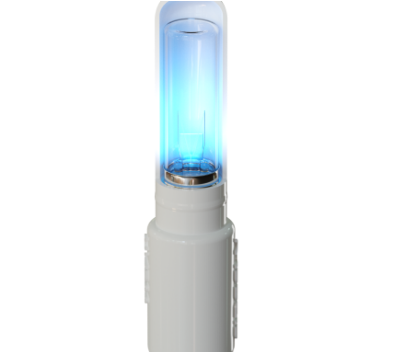
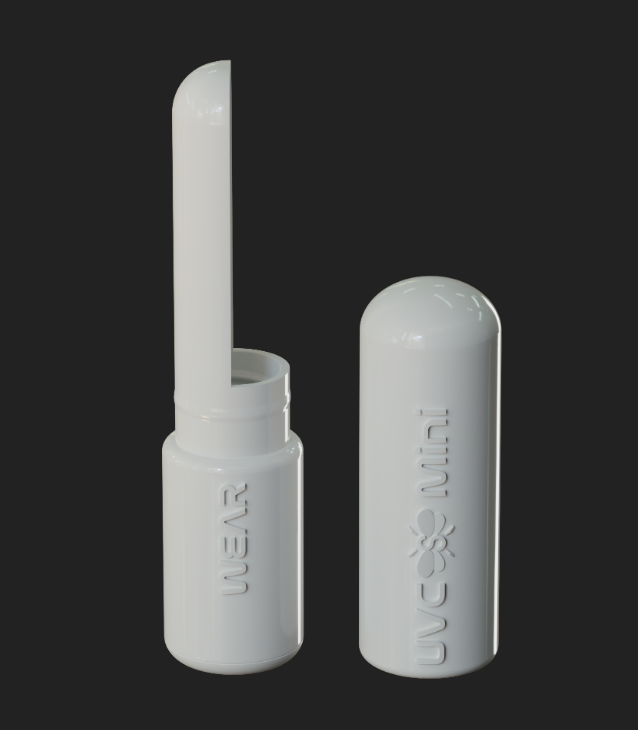
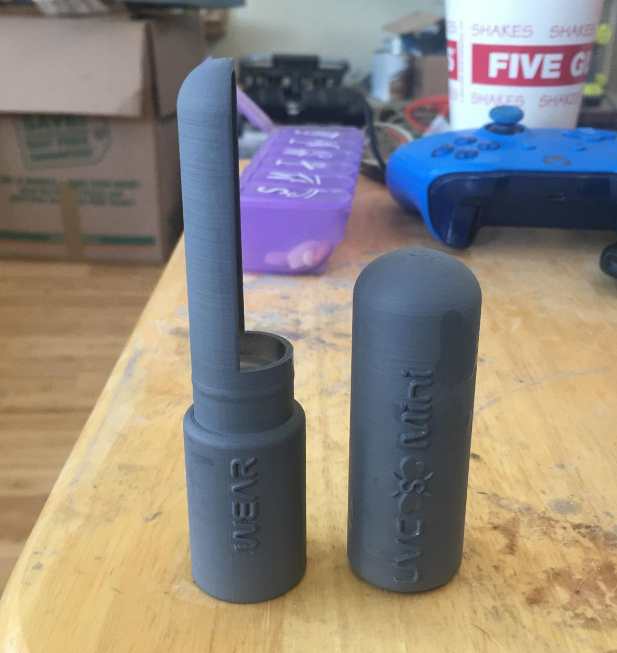
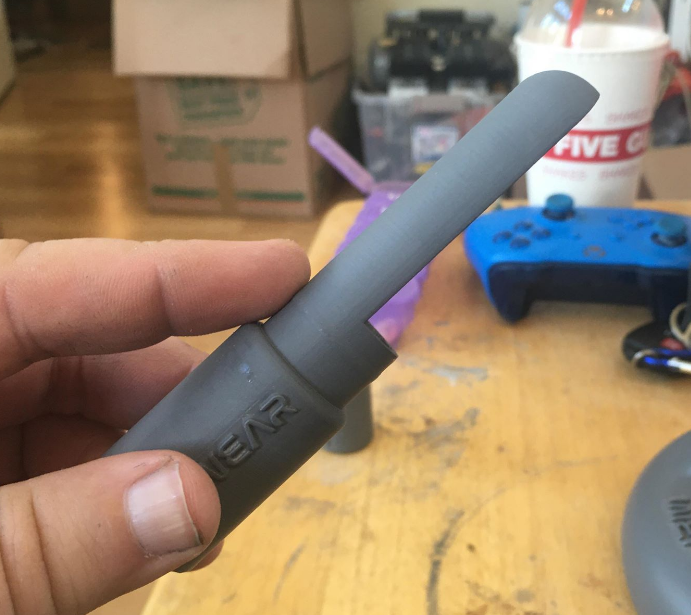
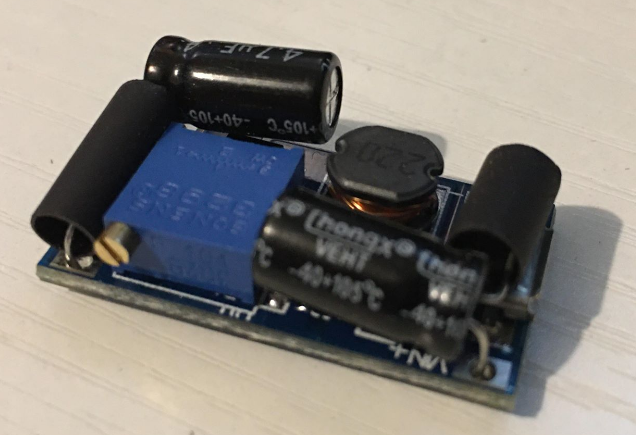


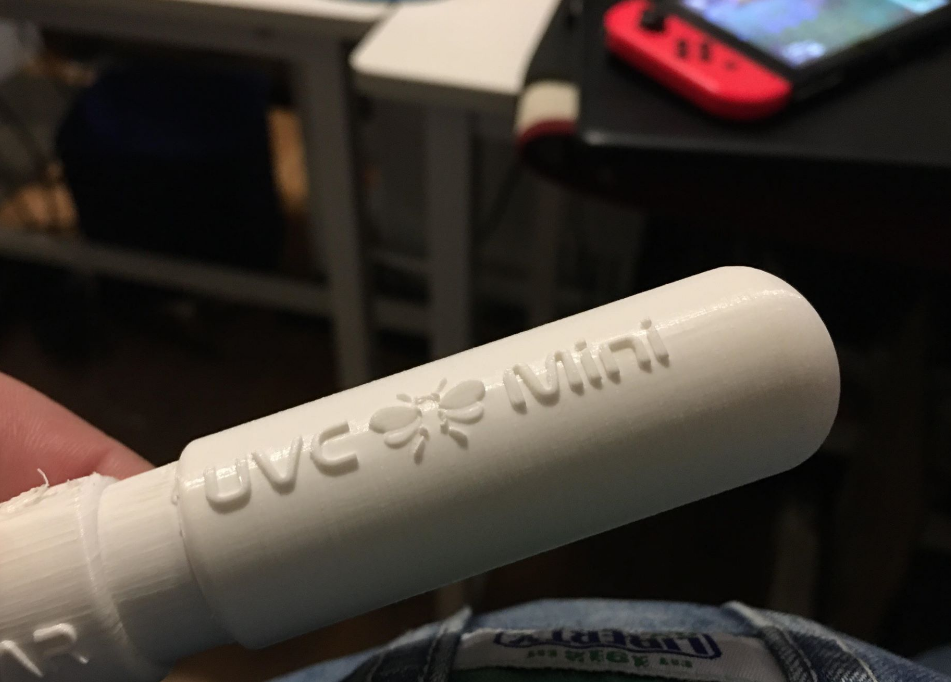
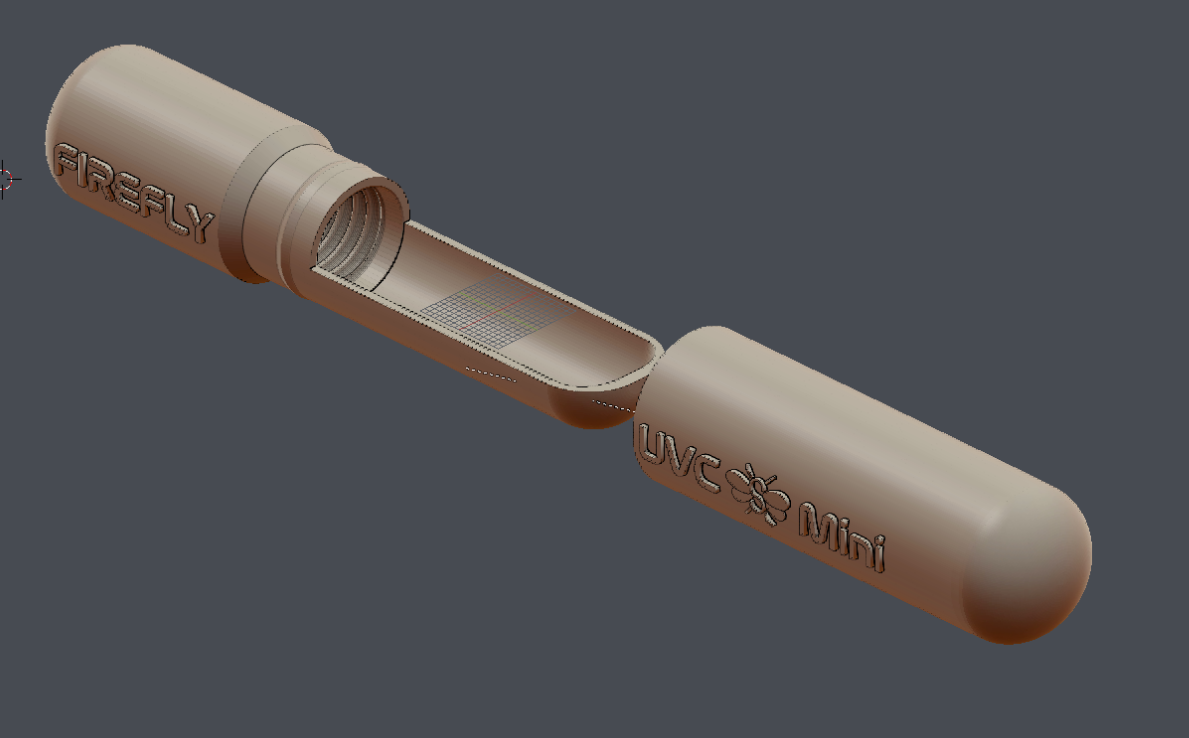
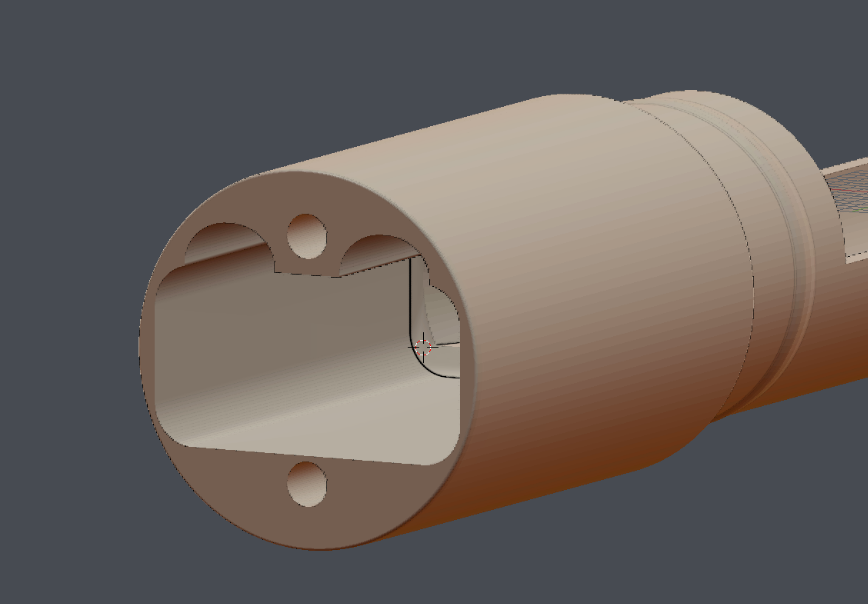
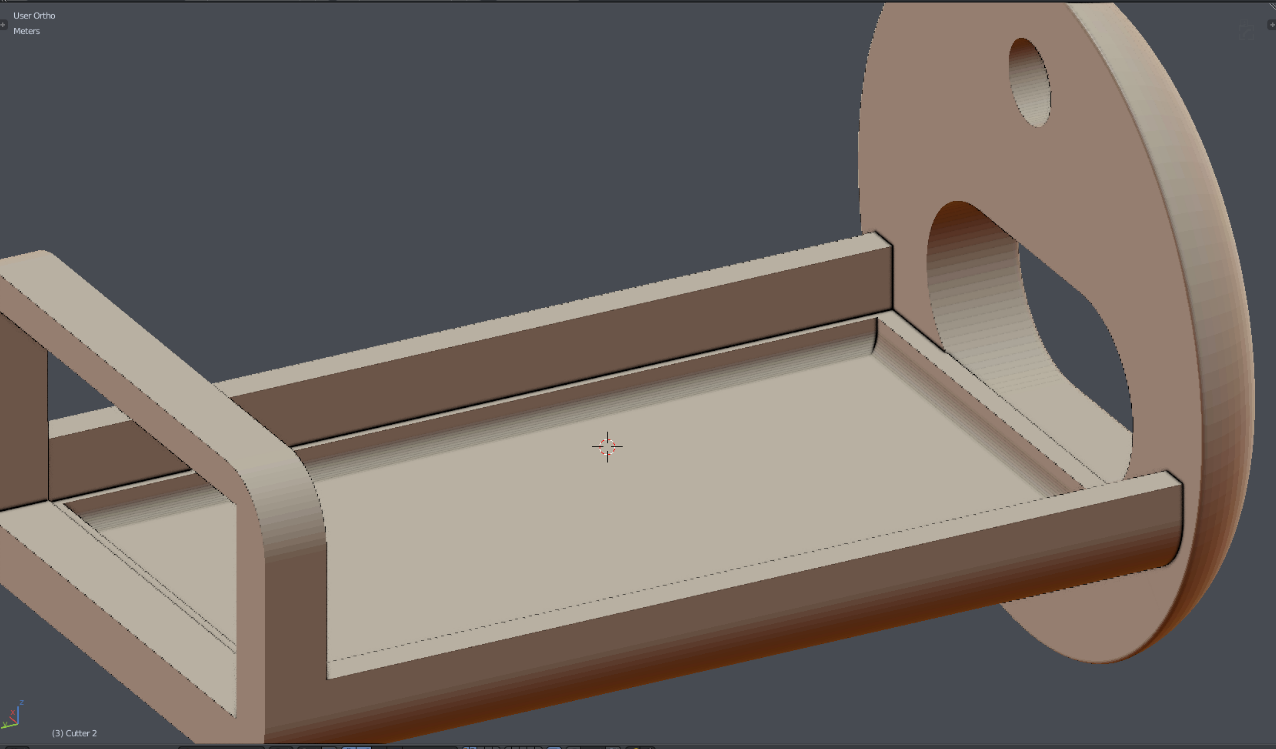
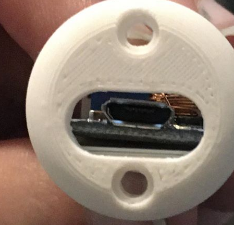
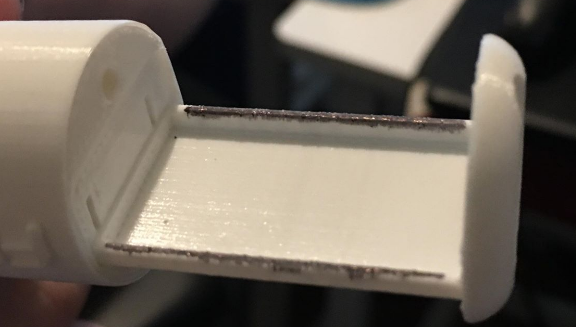

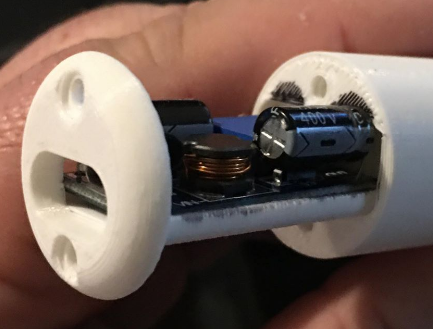
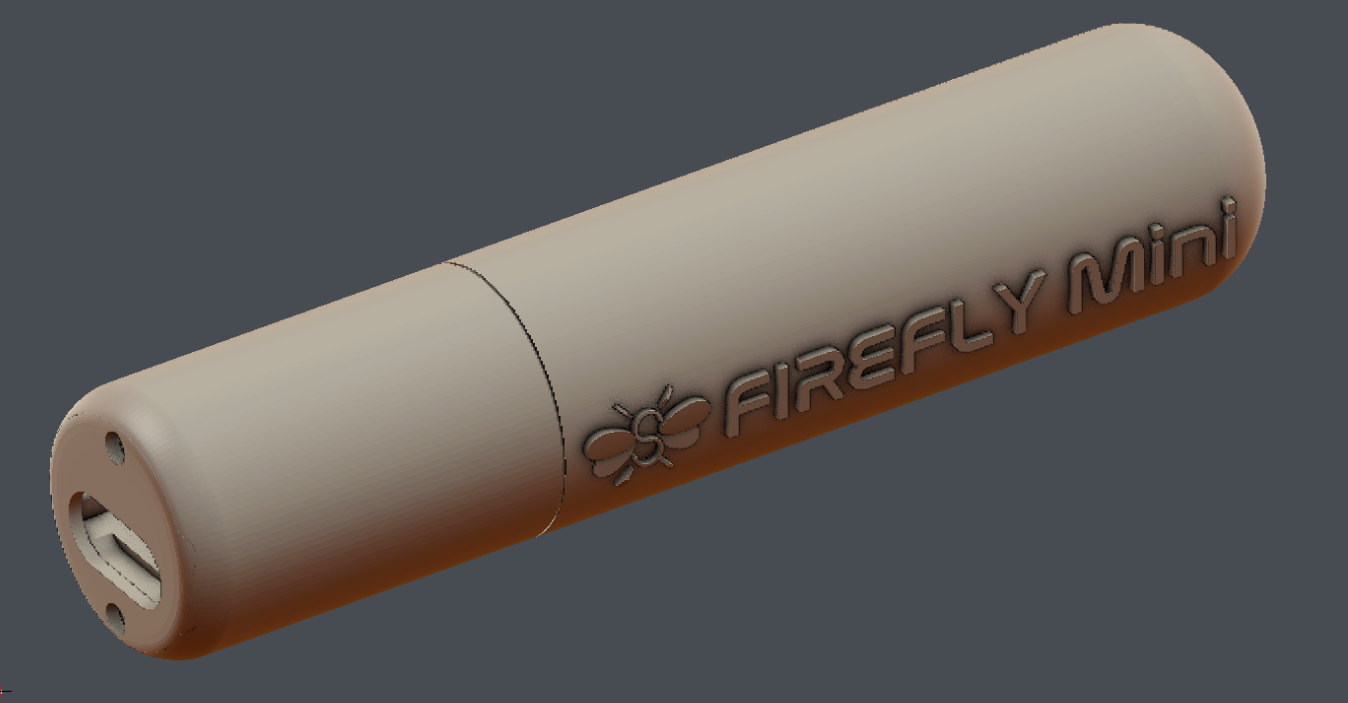
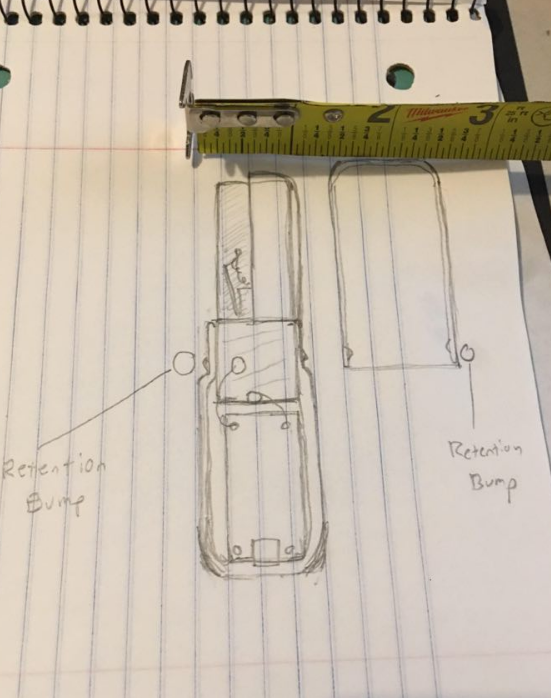
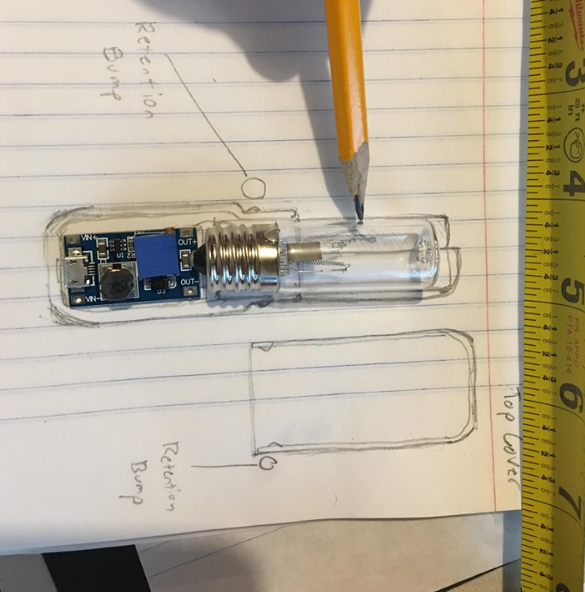
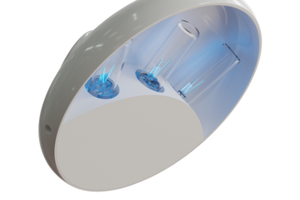
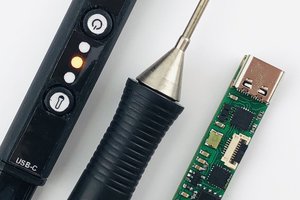
 Thomas Leputsch
Thomas Leputsch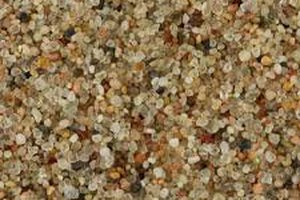
 haydn jones
haydn jones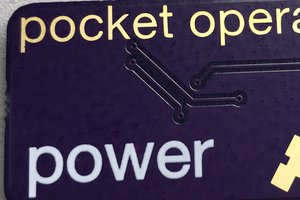
 Ben Holmes
Ben Holmes